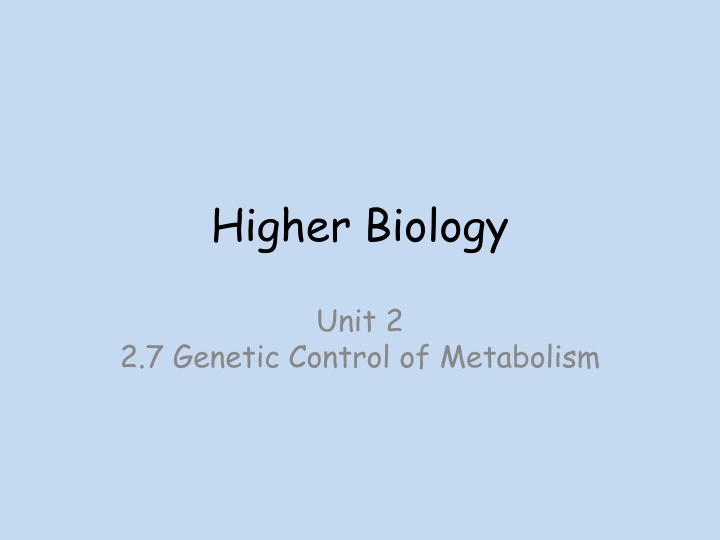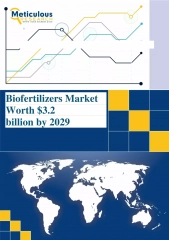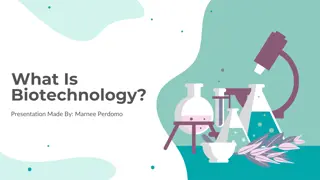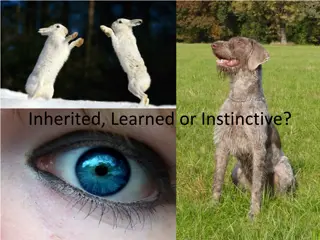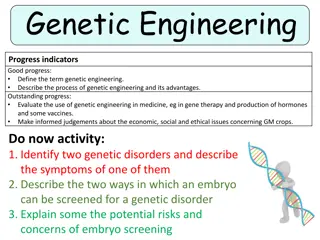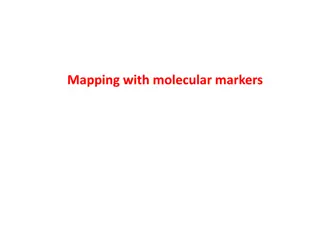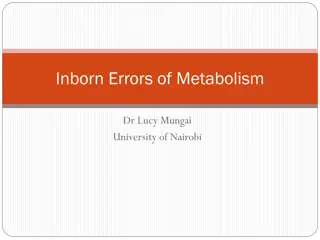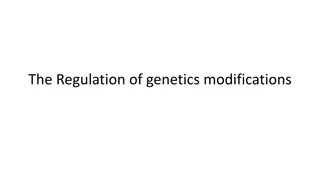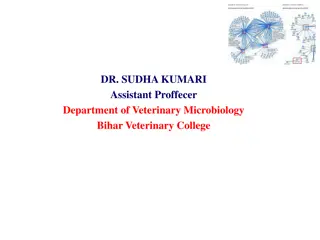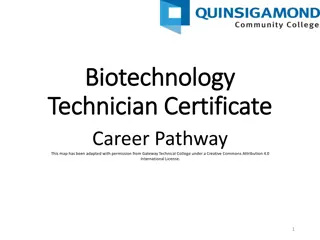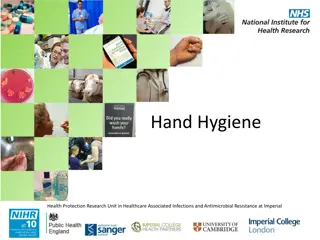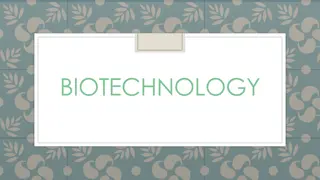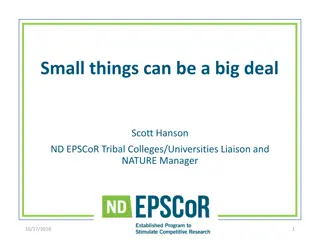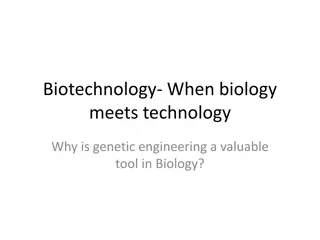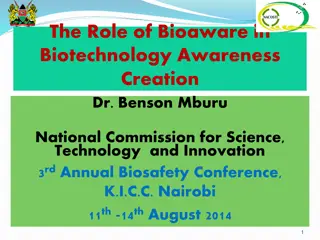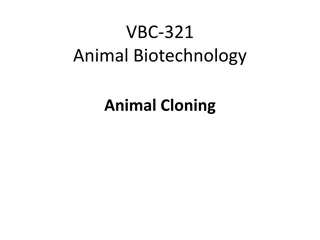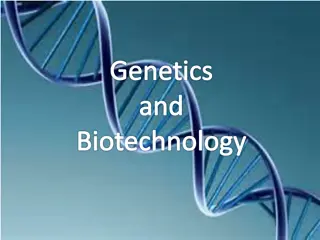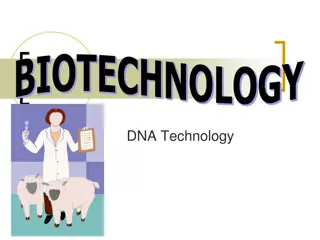Genetic Control of Metabolism in Microbes: Enhancing Traits for Biotechnology
Exploring the genetic control of metabolism in microbes, focusing on wild type organisms and the process of strain improvement through mutagenesis, selective breeding, and recombinant DNA techniques. The potential benefits and challenges of altering microbial genomes for biotechnological applications are discussed, highlighting the importance of monitoring genetic stability in mutated strains.
Download Presentation

Please find below an Image/Link to download the presentation.
The content on the website is provided AS IS for your information and personal use only. It may not be sold, licensed, or shared on other websites without obtaining consent from the author.If you encounter any issues during the download, it is possible that the publisher has removed the file from their server.
You are allowed to download the files provided on this website for personal or commercial use, subject to the condition that they are used lawfully. All files are the property of their respective owners.
The content on the website is provided AS IS for your information and personal use only. It may not be sold, licensed, or shared on other websites without obtaining consent from the author.
E N D
Presentation Transcript
Higher Biology Unit 2 2.7 Genetic Control of Metabolism
Wild Type Microbes Wild type is the typical form of a species found in nature. A wild type microbe can be selected for use in industry due to it exhibiting a desirable genetic trait. Even with this desirable trait, it may lack other important traits. Scientists try to improve the microbe to include the genetic material for these other traits.
Wild Type Microbes Examples of traits hoped to be gained by strain improvement include; the ability to grow on low cost growth medium genetic stability production of large quantities of secondary metabolites
Wild Type Microbes Wild types of microbes are improved for use in biotechnology by altering the microbe s genome. This can be done in different ways; Mutagenesis Selective Breeding Recombinant DNA
Mutagenesis Mutagenesis is the creation of mutations. In nature, mutations; are rare occur spontaneously and at random are usually detrimental to the organism
Mutagenesis The rate of mutation can be increased by the use of mutagenic agents. Examples include; radiation e.g. UV light and X rays chemicals such as mustard gas
Mutagenesis On very rare occasions, a mutant allele can arise that confers an advantage to the organism or endows it with a new property that is useful to humans. Therefore, mutagenesis can be useful during industrial processes as a microbe may develop a new property that proves useful to humans.
Mutagenesis Unfortunately, mutated strains of microbes tend to be genetically unstable. This means they sometimes undergo a reverse mutation, reverting to the original (and less useful) wild type. This would be very costly in terms of time and resources. In industry, an improved strain of microbe must be monitored regularly to ensure that it is still in its mutated form before it is used.
Selective Breeding Sexual Reproduction Two parents Fusion of male & female gametes, forming a zygote Offspring show variation Some eukaryotic cells e.g. yeasts Asexual Reproduction One parent No gametes involved Offspring are clones Some eukaryotic cells e.g. yeasts Bacteria
Selective Breeding By deliberately crossing different strains during breeding programmes, scientists are able to produce new strains of microbes. On some occasions, a new strain combines two desirable characteristics, one from each parent.
Selective Breeding Horizontal Transfer Although bacteria don t reproduce sexually, new strains can arise as a result of horizontal transfer of genetic material. During this, plasmids or pieces of DNA can be transferred from one strain to another via a conjugation tube.
Selective Breeding Horizontal Transfer New strains are also produced by bacteria taking up DNA fragments from their environment. Scientists try to produce new strains of useful bacteria by culturing existing strains together in conditions where horizontal transfer of DNA is most likely to occur.
Recombinant DNA This is the transfer of genes from one organism to another (can be of different species). Think: genetic engineering from National 5. This allows bacteria to produce plant or animal proteins e.g. human insulin. The bacterium is said to be artificially transformed.
Enzymes In recombinant DNA, two different types of enzyme are used; restriction endonucleases ligase
Restriction Endonucleases These enzymes are taken from microbes They are used to cut DNA from both the donor and the receiving plasmid They recognise specific sequences of DNA bases called restriction sites
Restriction Endonucleases The same restriction endonuclease must be used to cut both donor and plasmid This ensures the ends of both DNA fragments have DNA bases that are complementary to each other The ends of the cut DNA fragments are described as sticky
Restriction Endonucleases The sticky ends of the required gene and plasmid stick together because their DNA bases are complimentary
Ligase These enzymes stick the DNA fragments together. This seals the desired gene into the plasmid Each end of the fragments must have complementary bases
Vectors In recombinant DNA, the gene is transferred by a vector. The vector is usually a plasmid or an artificial chromosome. Artificial chromosomes can transfer much longer DNA sequences
Vectors Restriction site To be an effective vector, a plasmid must have three features; restriction site marker gene origin of replication Origin of replication Marker gene
Restriction site Must be able to be opened with the same restriction endonuclease used to cut open the donor DNA This ensures that the sticky ends of both donor DNA and the plasmid DNA are complementary
Marker gene This gene shows if the cell has taken up the plasmid. It is usually a gene that gives the bacterium resistance to an antibiotic. Any cell that hasn t taken up the plasmid will die as it has no resistance to the antibiotic
Origin of replication This consists of genes that control self replication of the plasmid It is needed to make many copies of the plasmid (carrying the desired gene) within the bacterial cell.
Recombinant DNA Improvements made to microbes include; Amplifying specific steps in a metabolic pathway or removing inhibitors to increase the yield of desired product. The ability to secrete product into the surrounding medium. This allows it to be collected easily, saving resources. Ensuring it can t survive in the external environment. This is a safety precaution.
Recombinant Yeast Cells Sometimes there are problems with bacterial cells producing the desired protein e.g. They don't secrete the protein into the surrounding medium They degrade the protein before it can be collected
Recombinant Yeast Cells In these cases, genetically transformed eukaryotic cells e.g. yeast is a preferable option. This is despite eukaryotic cells having more demanding cultural conditions.
